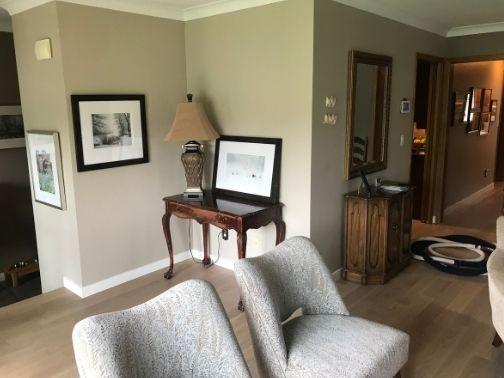30 Aug What Makes Paint Bubble and Blister?

You spent a long time painting your entire house from top to bottom. When you wake up the next morning, you are faced with bubbles and blisters of paint that are already popping or begging to be popped. They may be filled with air or water, but both types of blisters are problematic for the smooth surface you’d hoped to achieve on your walls.
What causes interior paint to bubble and how can you prevent it? Learn more in this handy guide to help you prevent these problems from occurring in the first place!
Dirty Surfaces
The most common reason paint will eventually pop is if you paint over a dirty surface. Paint has an extremely hard time sticking to these types of surfaces. It will likely lift off the surface and result in a bubbling finish in the topcoat.
If you do not want your paint to bubble, you’ll need to first prepare the surface by cleaning it completely. Wipe down the walls with a damp, soapy sponge, and then use a cloth to dry them. Allow the walls to air dry fully before priming or painting.
Moist Surfaces
When the walls have moisture on them to begin with, it can spell disaster for your painting outcome. Excess moisture on the walls frequently leads to bubbles that are filled with that water later on. Moisture can come from walls that are literally wet, but it can also be caused by humidity or plumbing leaks. Most often, this type of situation occurs in the bathroom or kitchen where water is more frequently used.
Before you paint, you should check the humidity levels of your room. In an ideal world, they should range somewhere from forty to eighty percent. After you paint, keep moisture in those rooms to a minimum until the paint has time to cure. That might mean going out for dinner instead of boiling pasta on the stove. You might also have to use a different bathroom to shower if that was an area you recently painted.
Too Much Heat
Too much moisture can lead to bubbling, but so can surfaces that are too hot when painted. It will cause the topcoat to dry faster than usual which contributes to bubbles. How do you know if your room has too much heat? The temperature should always be below 29 degrees Celsius when trying to paint. Shut the blinds so that you do not have heat from direct sunlight and turn off any heat-generating appliances.
Get Some Painting Help
If you are nervous about your interior paint bubbling and popping, you can be proactive by hiring the best painting contractors in Winnipeg. Pinnacle Painting is experienced in all of the issues that can contribute to this problem, and we know how to avoid them to give you a top-notch paint job each and every time. Be sure to reach out to us today to get a quote for how we can help you improve your home!
